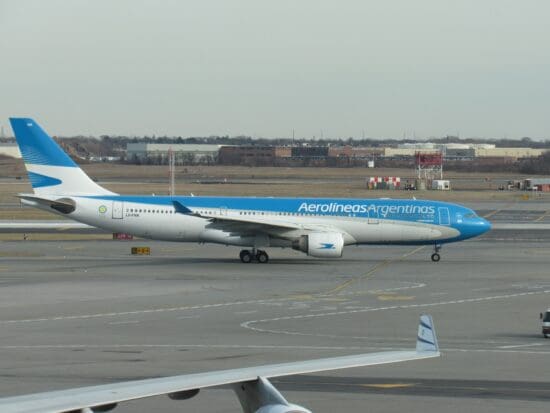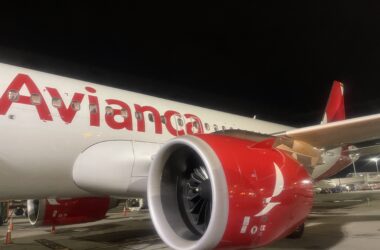The Case for the Privatization of Aerolíneas Argentinas: When Failure Is an Option
Aerolíneas Argentinas, the national carrier of Argentina, has long been a subject of debate regarding its financial sustainability and role in the national economy. Established in 1950 and nationalized in 2008, the airline has faced mounting financial pressures exacerbated by Argentina’s volatile economy and the national government’s historic approach to investment. Calls for privatization have gained traction in recent years after the Milei government added them to the list of government enterprises to be divested; with many experts suggesting that a move towards privatization could address long-standing issues, improve operational efficiency, and relieve the Argentine government of a significant financial burden. The case for the privatization of Aerolíneas Argentinas looks through the historical challenges faced by Aerolíneas, the current economic climate, and the potential benefits and pitfalls of privatization.
Historical Issues of Aerolíneas
Aerolíneas Argentinas has been plagued by inefficiency, political interference and gamesmanship, and mounting losses throughout the last two decades. After nationalization in 2008, the airline was absorbed into the government’s balance sheet, with the government assuming responsibility. The airline’s workforce has since become bloated, and wage inflation, combined with poor management, exacerbated operational inefficiencies. Add politics to the equation, and Aerolíneas has been a ticking time bomb. Despite substantial state subsidies, which reached as high as $1 billion in recent years, Aerolineas has failed to become financially self-sustaining. High levels of debt, aging fleets, and persistent labor disputes have undermined its competitiveness in an increasingly privatized global aviation market. Enter Javier Milei.
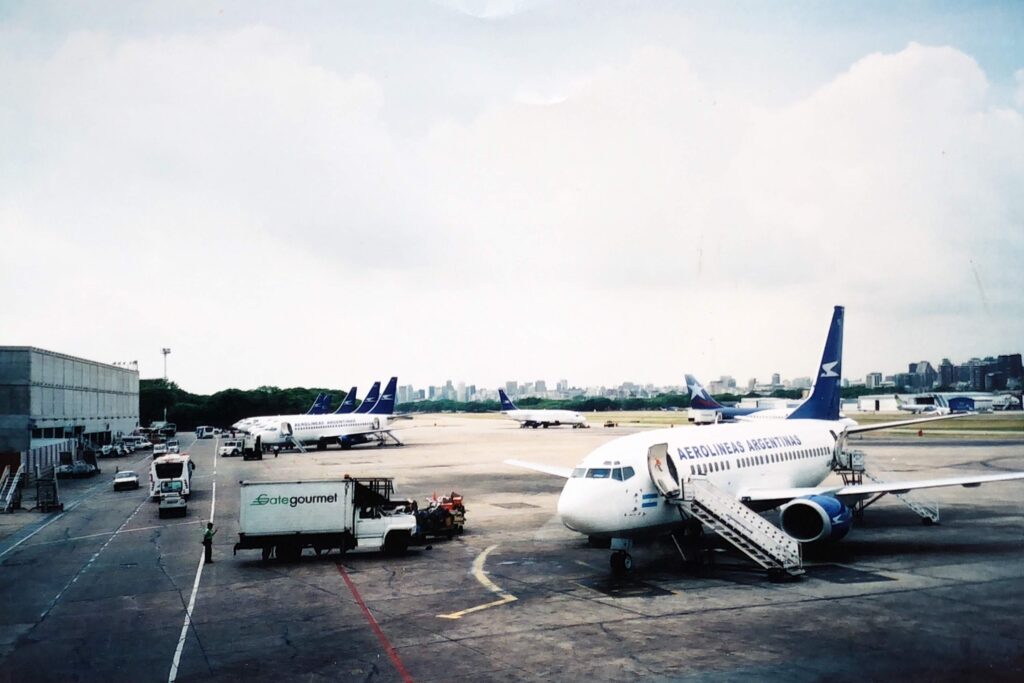
Current Economic Challenges in Argentina
Argentina’s economy remains mired in inflation, debt, and a currency crisis, all of which contribute to fiscal pressures that the libertarian-leaning government of Javier Milei has vowed to tackle through free market approaches. This has made sustaining a state-owned enterprise like Aerolíneas increasingly untenable. In 2023, the country’s inflation rate continued to climb, while the national debt and poverty rates also rose. The Argentine government has been under immense pressure, from the President and the taxpayers, to reallocate resources away from loss-making state enterprises to vital sectors like healthcare, education, and infrastructure.
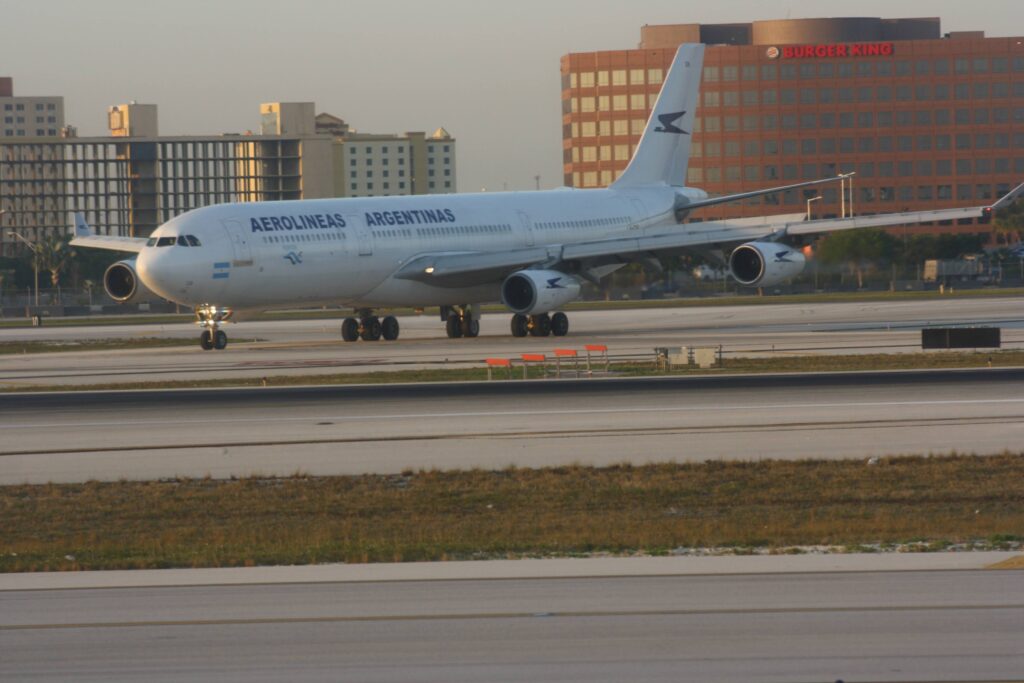
The airline remains a significant drain on public finances, even as air travel demand has rebounded post-pandemic. Moreover, the country’s ongoing currency depreciation means that subsidies paid to the airline are getting more expensive and becoming less effective in stimulating economic growth. The currency crisis is bad enough that American Airlines no longer accepts Argentine Pesos as a currency for business.
Prospective Benefits With Privatization of Aerolíneas Argentinas
Privatizing Aerolíneas Argentinas could bring several potential benefits. First, it would relieve the Argentine government of its financial obligation to support a perennial loss-maker. By transferring the airline to private ownership, the government could reduce its fiscal deficit and free up resources for other critical areas. Privatization could also lead to more efficient management and better service delivery, as private operators are typically more motivated to control costs, streamline operations, and improve customer satisfaction to maintain profitability. The government is already moving in this direction, with calls for bids already in the works. Some regional players, like Abra Group, and global players, such as Delta Airlines, have reportedly placed bids.
Moreover, privatization could boost competition in the domestic and international aviation markets. In the past, Aerolíneas has had little incentive to innovate or improve efficiency due to its monopoly-like status in the Argentine market. The Milei government has already opened the national airspace to private companies, and signed open skies agreement, weakening Aerolíneas once dominant position. A privatized airline would likely face more competition, which could drive down fares and improve the quality of service for consumers. Additionally, new investors could bring in fresh capital to modernize the airline’s fleet and airport infrastructure.
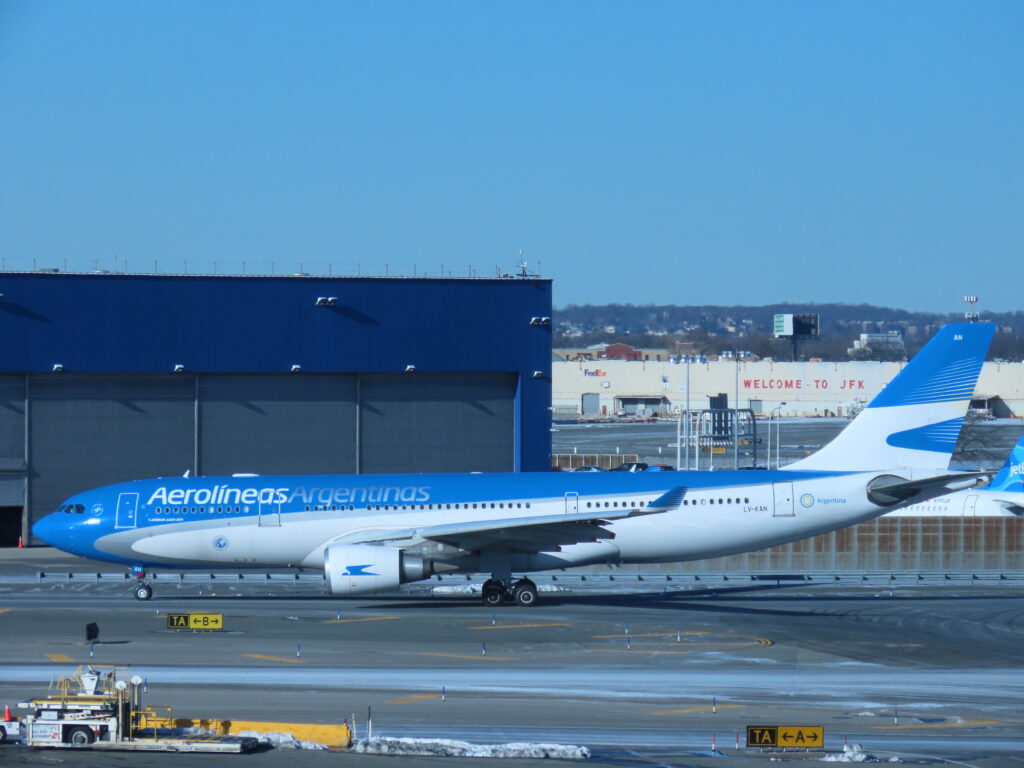
Issues With Privatization of Aerolíneas Argentinas
However, there are significant challenges. Labor unions have historically been a strong political force in Argentina, and privatization could lead to contentious strikes and protests. With the opening of Argentine skies, one of the biggest selling points of Aerolíneas is now gone. Ongoing risks with the Argentine economy make the airline a risky investment. There is also the risk of foreign ownership and the potential loss of national control over a key sector of the economy. Public opinion on privatization remains divided, with many viewing it as a sell-off of national assets, particularly given the airline’s historical role as a symbol of Argentine pride.
Closing Thoughts
Privatizing Aerolíneas Argentinas offers a viable solution to the airline’s chronic financial woes and Argentina’s broader economic challenges. While it could bring operational improvements and reduce the fiscal burden on the state, the move is not without significant risks, particularly in terms of labor relations and political resistance. Ultimately, for privatization to succeed, it will require careful structuring to ensure that the benefits of improved service and efficiency are realized while protecting the interests of employees and consumers. If executed properly, privatization could represent a critical step in modernizing Argentina’s aviation sector and improving the country’s fiscal health. If executed poorly, it could put out of business one of the most recognizable airlines of South America.
What do you think? Can Aerolíneas survive on its own or will the government of Argentina’s sale of the company lead Aerolíneas to its grave?




